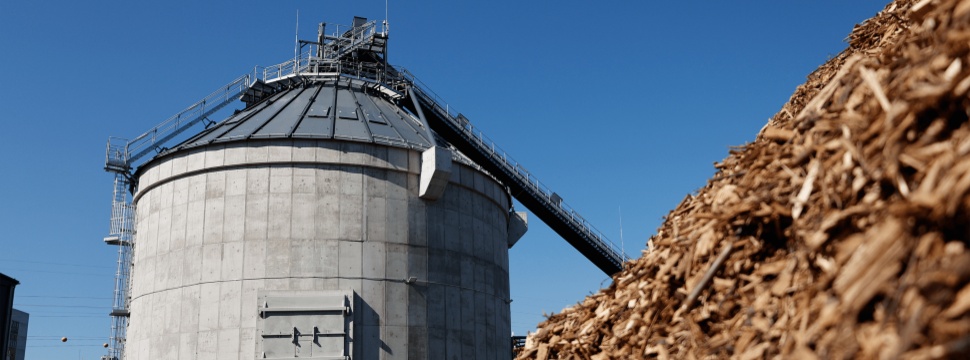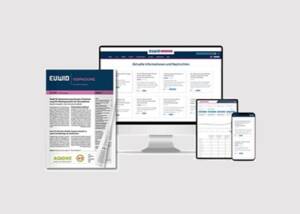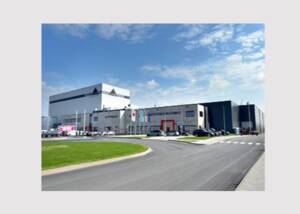Sappi’s Kirkniemi paper mill switches to bioenergy
News General news
Sappi Europe’s Kirkniemi Mill in Lohja, Finland, has successfully made the switch from using fossil fuels to renewable energy to fuel the production of the Galerie paper range. A €16.5 million investment into state-of-the-art facilities and machinery for the reception, storage and handling of biofuels is the latest in a string of efforts by Sappi in meeting its Science-Based Targets Initiative (SBTi)-approved emissions reduction goal across all its regions.

The official inauguration of the new facilities for reception, storage and handling of biofuels on August 30, 2023, was attended by Kai Mykkänen, the Finnish Minister for Climate and the Environment, who spoke about how the multiple environmental investments by Sappi at Kirkniemi fit with Finland's ambitious goals for carbon neutrality and leadership in the new energy sector.
Biomass residues such as bark, sawdust and wood chips, largely locally sourced, now fuel the Kirkniemi Mill Galerie paper operations, setting the stage for a 90% reduction in direct fossil greenhouse gas emissions. This upgrade now works alongside the multi-fuel boiler built in 2015, enabling the mill to reduce nearly 230,000 tons of carbon dioxide annually.
This means that Kirkniemi Mill is now able to reduce the carbon footprint of the Galerie paper range by 40%. All this comes as part of a longstanding sustainability focus at Kirkniemi that has, in recent years, brought continuous improvements in environmental performance across areas including freshwater usage, emissions to watercourses and energy efficiency.
The emissions burden of paper production
Although paper is an inherently renewable and recyclable product, paper production is very heat-intensive, mainly due to the process of evaporation that is essential to turn pulp to paper. The pulp and paper sector was responsible for 2% of all emissions from industry in 2022. According to CEPI, the European pulp and paper industry body, the pulp and paper sector ran on 61% renewable energy in 2022. Through continued investment in fuel switching and technology this share will continue to grow. Kirkniemi's switch will contribute to this trajectory.
Positive impact on the community
The CO2 emissions reduction brought about by the bioenergy switch has run-on benefits for the city of Lohja, reducing their overall emissions as well. Already, much of Lohja’s economic, social and employment is influenced by the Kirkniemi Mill.
Sarah Price, Director of Sustainability, Sappi Europe: “Recognising that we are part of the communities beyond our fence lines and that their prosperity and wellbeing are linked to our own, we strive to make a purpose-driven, meaningful contribution towards the wellbeing and development of our neighbouring communities. We work to create positive social impact by jointly identifying and leveraging opportunities, thereby demonstrating our commitment to transparency and collaboration.”
Kirkniemi Mill is the largest coated publication paper mill in the world and its shining star is its Galerie paper range, a high-quality paper used in high-end magazines and luxury printed material. The Galerie paper carries the feel and look of a bulkier stock—but is lightweight and is produced on less pulp than the average equivalent.
Sappi Europe’s Decarbonisation Roadmap
In 2020, Sappi Europe released its own Decarbonisation Roadmap, which outlines nearly 80 projects Sappi is set to undertake by 2025 to meet its short-term energy-related sustainability targets as part of the company’s global sustainability targets. These are aligned with seven of the United Nations’ Sustainable Development Goals. Realising the urgency of action to limit global temperature rise, Sappi is committed to reducing carbon emissions by 41.5% per ton of product by 2030.










